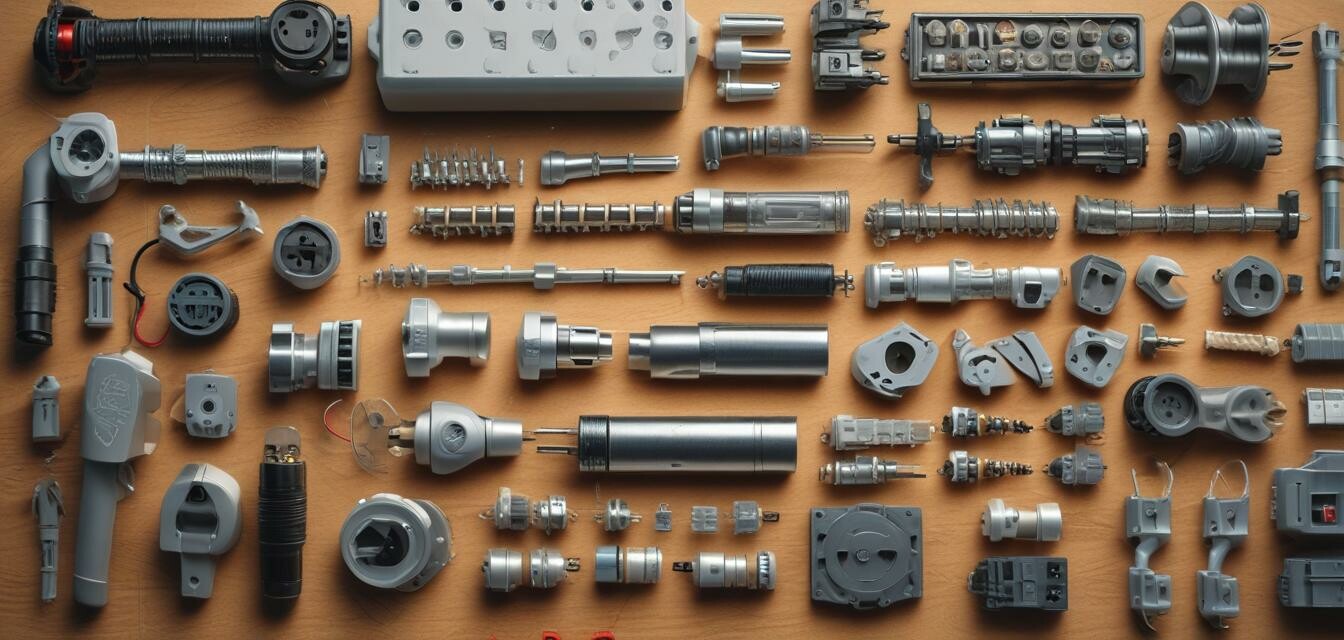
Navigating the World of Electrical Connectors
Key Takeaways
- Understanding various types of electrical connectors is crucial for proper usage.
- Select the right connector based on application requirements such as voltage and current ratings.
- Proper installation and maintenance of connectors can ensure safety and efficiency.
Navigating the world of electrical connectors can seem overwhelming due to the vast array available in the market. This guide aims to familiarize you with different types of connectors, their applications, and practical advice for selecting and using them effectively. Whether you are a seasoned electrician or a DIY enthusiast, understanding these components will enhance your projects and ensure safety.
Types of Electrical Connectors
There are numerous types of electrical connectors, each serving unique purposes. Below is a categorized overview of common connector types:
| Connector Type | Common Applications | Best Use Cases |
|---|---|---|
| Terminal Blocks | Wiring connections in control panels | For easy replacement and maintenance |
| Plugs and Sockets | Power supply connections | Indoor and outdoor electrical installations |
| Solderless Connectors | Quick connections without soldering | For temporary connections or prototyping |
| RJ45 Connectors | Data & telecommunications | Networking applications |
| Heat Shrink Connectors | Sealing and insulation for connections | Outdoor and harsh environments |
How to Choose the Right Connector
Selecting the correct connector is vital for ensuring reliable functionality and safety in your electrical systems. Here are some factors to consider:
- Current and Voltage Rating: Ensure the connector can handle the required voltage and current levels.
- Environmental Factors: Consider the installation environment. Some connectors are better suited for outdoor use.
- Connector Size: Verify that the size of the connector fits the wiring gauge you are using.
- Ease of Use: Some connectors offer easier installation and reusability than others.
Best Practices for Using Electrical Connectors
To ensure safety and reliability when using electrical connectors, follow these best practices:
- Ensure all connections are clean and free from moisture before installation.
- Use appropriate tools to avoid damaging connectors during installation.
- Regularly inspect connectors for wear, especially in high-use areas.
- Follow manufacturer guidelines for both installation and maximum ratings.
Common Mistakes to Avoid
These common mistakes can lead to inefficient connections or even hazards:
- Using inappropriate connectors for high voltage applications.
- Neglecting to check compatibility between connectors and cables.
- Failing to secure connections properly, leading to potential disconnections.
Conclusion
Understanding electrical connectors is essential for anyone working with electrical systems. By knowing the different types, how to choose the right one, and applying best practices, you can ensure reliable, safe, and effective connections. For more guidance on electrical components, feel free to explore our other articles in the Buying Guides section.
Pros
- Wide range of applications for various electrical systems.
- Easy to connect and disconnect, especially with plugs and sockets.
- Can enhance safety with proper selection and installation.
Cons
- Improper use can lead to electrical failures.
- Some connectors can be costly depending on the type.
- Finding the right match for high-stakes environments can be difficult.
Further Reading
If you're interested in diving deeper into the world of electrical supplies, consider reading more about tools and accessory kits or safety equipment crucial for ensuring efficient setups.